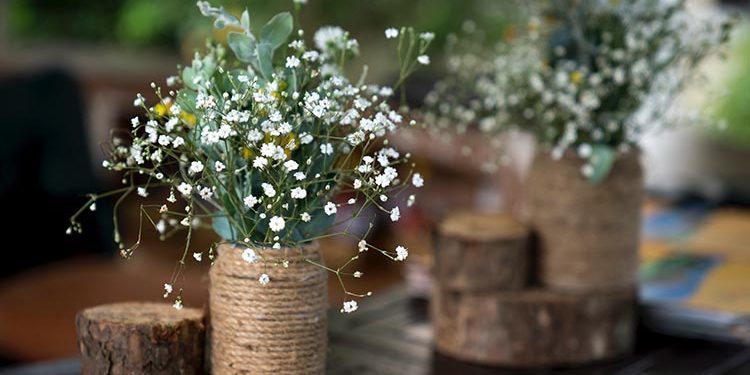If you read my blog last week, you will know that I will shortly be moving house. Last week all was going ahead well, but since then there has been – another – spanner in the works. Despite how many times I tell myself that things will work out for the best in their own time and in their own way, I am beginning to notice the tell tale signs of stress.
Buying a house and moving house are two of the biggest stressors on the list of life stressors and so it is not surprising if I am feeling stressed. Often as a mindfulness teacher I think to myself and have also been told by others that I shouldn’t be experiencing stress. However, being a mindfulness teacher still involves being a human with a brain and an autonomic nervous system, which are hard wired to respond automatically to stressors. So, no need to give myself a hard time.
Over the years, I have dealt with a lot of stress, from various sources. My habitual pattern is to get on with what needs to be done and often this leads to the suppression of my stress, so I am sometimes unaware of exactly how much stress I am experiencing. In the past this has been detrimental to my health. So now I have learned to notice the signs. The first is blood pressure, which shoots up when I am feeling stressed. I can actually feel this in my body, as well as measuring it with my blood pressure monitor. I also notice a tendency towards comfort eating, which for me is a sign of stress.
So, through my practice of mindfulness over the years, I can now recognise when I am stressed and allow it, without thinking I shouldn’t be stressed or beating myself up about it, which would of course just add more stress! Good news.
Having recognised the situation I can now do some self-care to relieve stress, which are strategies I have learned over the years of my practice. Here are my top tips for relieving stress:
- Meditation Practice: I have quite a lot of this scheduled in my life already, but in times of stress I reflect on which practices nourish and resource me the most and I focus on these.
- Exercise: I have quite a lot of exercise scheduled in my life already. A combination of weights, aerobic and lots of outdoor walking works well for me. Having a dog helps, but mine are now elderly and not up to long walks. Doing some exercise six days a week and having a rest day is beneficial, but also doing small bursts of exercise (eg. dancing in the kitchen as you make your coffee) to interrupt any long periods of sitting at a desk.
- Avoiding unnecessary stressors that can be avoided: So I am delaying watching the latest season of “Line of Duty” until I’m feeling a bit more relaxed!
- Mindful movement with the breath: I find mindful yoga or Jacky’s guided Qi Gong practices in which I co-ordinate the breath with the movement very soothing and have incorporated this into my evening pre-sleep routine, where possible.
- Music: Since being a teenager I have found listening to music helps me to feel safe and so my playlist is getting a regular outing at the moment.
- Using the breath to sooth the sympathetic nervous system: I have two ways of doing this the first is alternate nostril breathing from yoga, which I find useful during the day, especially just after receiving emails from the solicitor. The second is coherent rhythm breathing, which is useful at night if I wake up and struggle to get back to sleep.
- Re-perceiving: This is where I talk to myself gently to find a broader perspective. When I notice my mind travelling into the future and imagining everything, and I mean everything, that could possibly go wrong, I tell myself “The best way to take care of the future is to be present now”. When I am feeling a bit discombobulated by persistent uncertainty, I tell myself “It’s all just causes and conditions beyond my control and all I can do is surf the waves of change”. I believe these things, but my autonomic nervous system does not! I can settle myself by this process of re-perceiving, but still notice a jolt of stress from the nervous system periodically.
- Being present: At times like this I am at my most distracted. My thinking is cycling through catastrophising, problem solving and excitement about the future and each time I notice I bring myself back to being present. I drop the storyline and feel the underlying feelings. It is the thinking that generates the jolts from the nervous system. When I am not thinking, then I am quite content, calm and happy.
The words of Robert Wright, from his excellent book “Why Buddhism is True” strikes me again, that we practice to overcome evolution. We are evolved as humans with this brain and nervous system, hyper-sensitive to threat, and with a capacity to imagine all the threats. This has enabled us to survive as a species, but is not best suited to 21st century living.
In the teacher member CPD sessions we are studying the book by Richie Davidson and Dan Goleman called “The Science of Meditation” (the updated version of the book is called “Altered Traits”). In Chapter 5 it describes how seasoned meditators have a stronger link between the pre-frontal cortex and the amygdala, which enables them to regulate stress reactivity in the amygdala better than the rest of the population. However, for this wiring to established it takes several thousand hours of meditation – back to the cushion for me!
Kind Wishes
Heather
Jacky is now running Three Levels of Mindful Movement Course. Her next Level 1 Stillness in Movement Course begins in October. You can find ourt more about that HERE.


